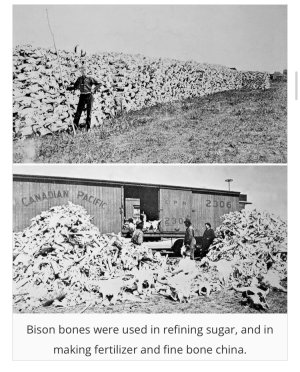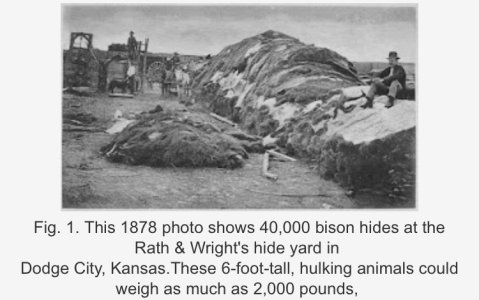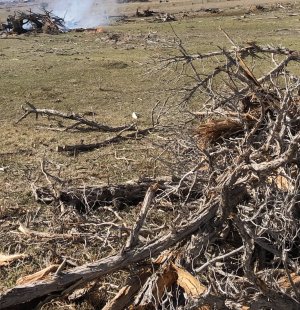Travlr
Well-known member
In the fifties Angus were unusual and tiny, and Herefords were all over and less than a thousand pounds. Cattle in the eighties were leggy, long, and had big butts. Nowadays people are looking for depth and don't care if an animal has a butt. Times change because people selling bulls dictate popularity. But buyers haven't changed much. Feedlots want flesh and consistent gains and sizes, and finishing at 1300 pounds. Typical producers buy because a bull wins at a state fair and they pay a premium for those type bulls... but the high priced calves going to a feedlot are rarely those kind of animals.That's most of what I read, then I get on here and read about folks with Herefords, limo, char, with great pics and those cows aren't small.
Give me a herd of consistent commercial cows weaning 600 pound calves, calves that marble and dress out at 65%, and are (unfortunately) black, and I'll top the market regardless of whatever new fad there is in breed or bull type.






